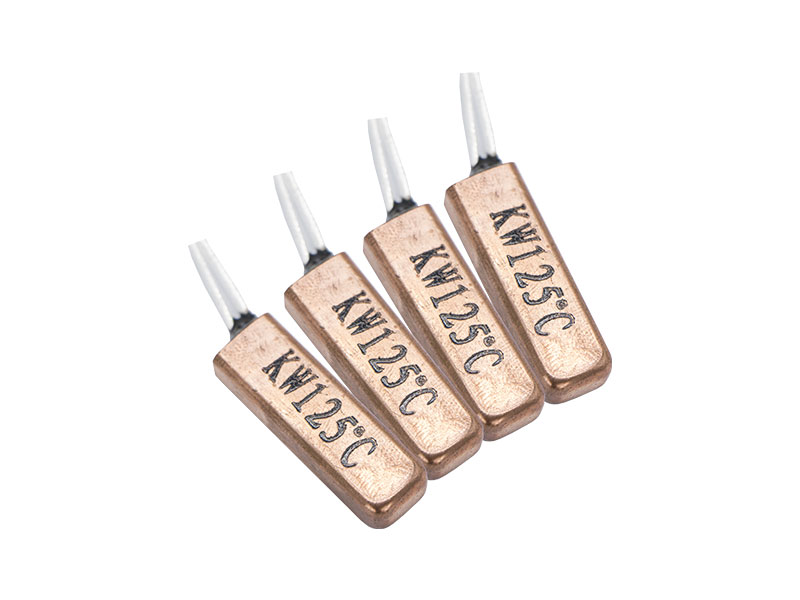How the motor thermal overload switch works
 Sep 28, 2022|
Sep 28, 2022| View:776
View:776The motor thermal overload switch is a thermostat that uses a bimetal plate as a temperature sensing component. When the motor thermal overload switch is in a closed working state, the movable contact maintains close contact with the static contact under the pre-pressure caused by the bending deformation of the leaf spring.

When the external temperature increases, the protrusion height of the disc bimetal of the motor thermal overload switch gradually decreases. When the temperature rises to the upper limit of the design temperature of the disc bimetal, the disc bimetal suddenly bulges in the opposite direction, through the ceramic rod, the push force on the leaf spring is generated, which pushes the leaf spring downward, thus separating the moving contact from the static contact, thus realizing the function of cutting off the circuit, and the work done by the push force is converted into the deformation energy of the leaf spring, and stored in leaf springs.
When the outside temperature decreases, the height of the disc-shaped bimetallic sheet in the opposite direction decreases gradually.
When the temperature drops to the lower limit of the design temperature of the disc bimetal plate, the disc bimetal plate jumps backward, and the thrust acting on the plate spring suddenly disappears, driving the moving contact to the static contact, and finally making the moving contact in the contact state, thus realizing the function of the closed circuit. The separation and contact between the moving contact and the static contact completes a working trip of the jump thermostat and realizes the function of the switching and closing circuit of the motor thermal overload switch.
The motor thermal overload switch heats up quickly and is easily designed to operate at any power level with relatively small safety risks. For the temperature sensor interested to know more friends, Welcome to contact us.





